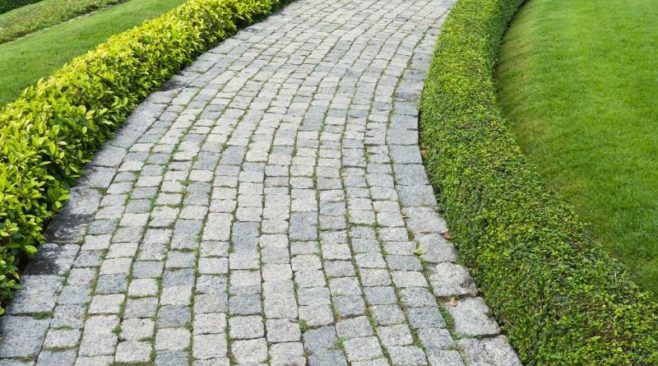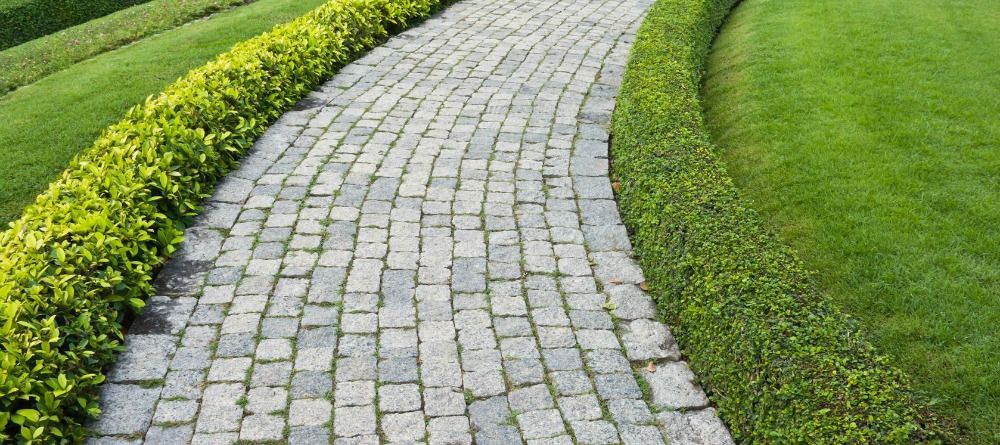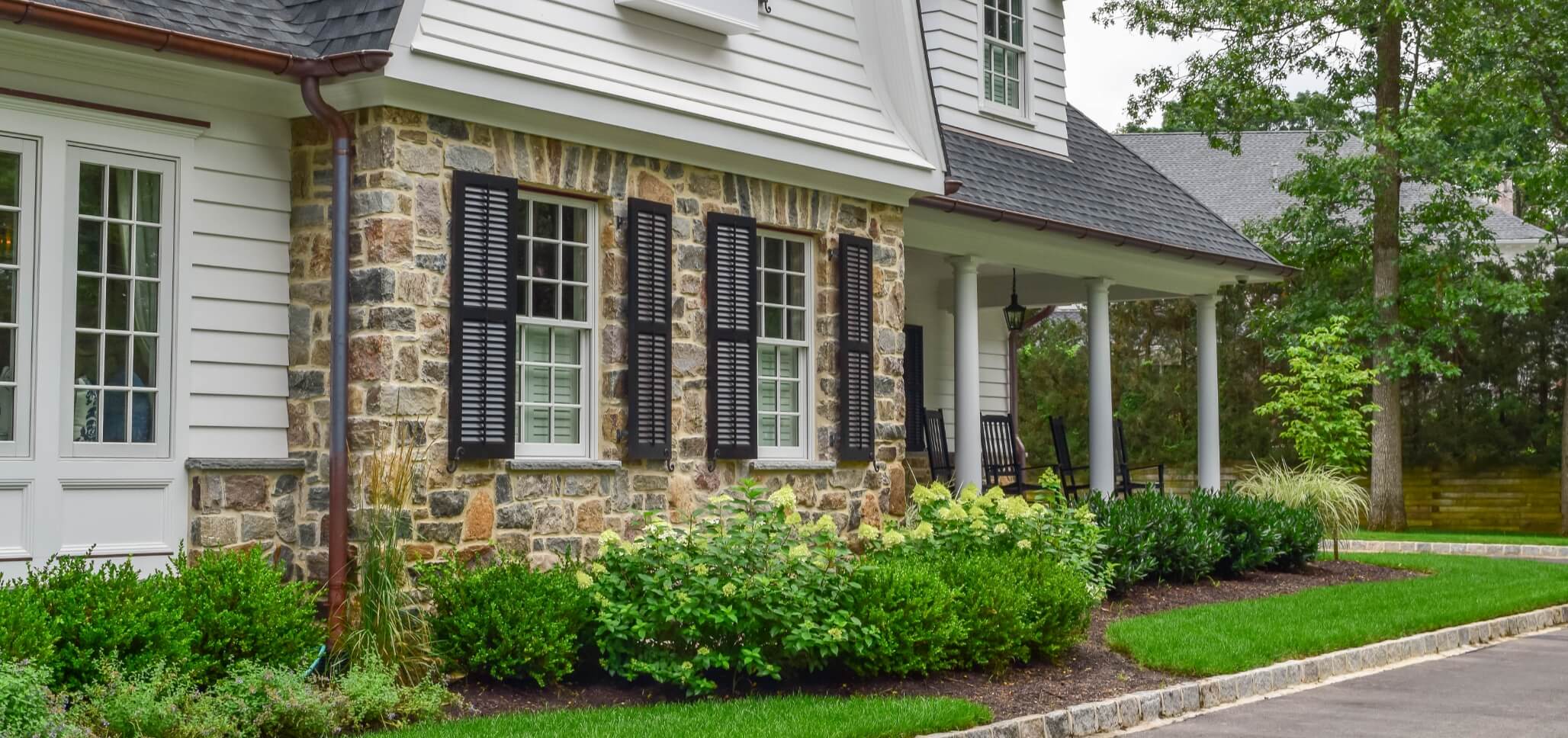Creating a pea gravel walkway is an attractive proposition to many homeowners seeking an alternative to stone.
However, while decorative pea gravel has many benefits, it also has some limitations, which should be carefully evaluated to help you arrive at the best decision for your situation.
Your home’s exterior decorative elements have a profound effect on its curb appeal, which in turn can increase or decrease its resale value. In other words, the material you choose to use for your walkways isn’t a decision you should make haphazardly.
Pea Gravel Walkways: Benefits
Choosing a pea gravel walkway offers homeowners four primary benefits:
- Ease of maintenance: Once you’ve laid your pea gravel walkway, you won’t have to do much to maintain it, beyond perhaps adding a little more and smoothing the slope of the surface if some of the original stones loosen or erode.
- Ecological friendliness: Unlike many other paving materials, pea gravel will not harm grass or plants.
- Design options: Decorative pea gravel is available in a wide range of colors and styles, allowing you to customize the look and feel of your walkway in dozens of different ways.
- Binding capabilities: The most advanced pea gravel walkway products on the market have self-binding properties that essentially “stick” the stones together over time. This can reduce pea gravel’s already-low maintenance to near-zero levels.
Pea Gravel Walkways: Drawbacks
Relative to its advantages, pea gravel has few drawbacks. However, some of the disadvantages you should consider include:
- Looseness: Non-binding pea gravel remains loose, and people can send it awry simply by walking on it. If yours is a high-traffic walkway, this characteristic of pea gravel could leave you making regular trips outside to pick stones off your lawn. In short, it isn’t the best option if you’re looking for permanence.
- Potential hazards to toddlers and children. Pea gravel might not make the best choice if you have toddlers and young children in your household, since the loose nature of the stones may mean that they end up in places they don’t belong – like babies’ mouths.
Stone Walkways: Benefits
There are many good reasons for the popularity of stone walkways. Here are the top advantages they offer:
- Beauty: There’s no question that stone walkways make a beautiful addition to all home styles. No matter what type of architecture your home has, stone will almost certainly complement it. Many real estate experts believe that stone walkways significantly add to the value of a home, though this added value does demand a larger up-front investment.
- Durability: Stone is one of the most durable materials on the planet, and when subjected to normal weather and usage conditions, it will last a lifetime – and beyond.
- Ease of repair: In most cases, repairs to stone walkways are as easy as lifting out the damaged element and replacing it with a new one. You’ll rarely if ever be faced with a large-scale repair situation, if the walkway was properly installed at the outset.
Like pea gravel, stone walkways are also very low-maintenance, though you may want to treat them seasonally or annually with protective coatings.
Stone Walkways: Drawbacks
In addition to the benefits of stone walkways, you should also take their drawbacks into account. They include:
- Cost: Stone walkways, especially interlocking styles, can be very expensive, and on average, they cost far more than pea gravel. If you’re on a tight budget and you prefer the look of stone, decorative pea gravel may be a better bet.
- Contractor evaluation: Unlike pea gravel, you’ll likely have to hire a contractor to install your stone walkway. That means you’ll have to spend the time and effort evaluating the qualifications of various local contractors, comparing quotes and ultimately rolling the dice on an installation professional whose work may or may not live up to its billing.
Final Thoughts
While the best choice for your home comes down to your budget, where you live and your individual preferences, there’s no question that pea gravel has a lot to offer. Stone is an excellent alternative, though, and it may make a better choice if you’re looking to avoid the inherent disadvantages of pea gravel mentioned above.



